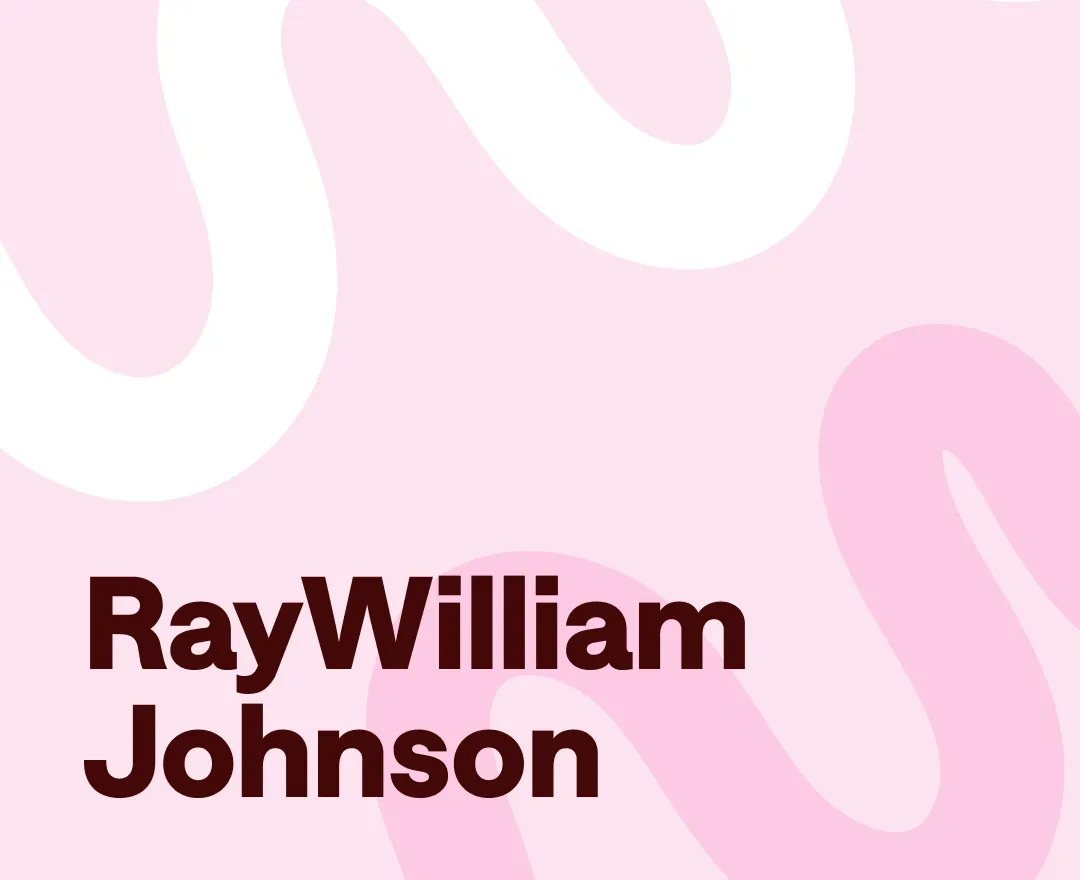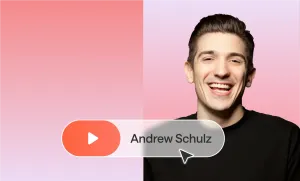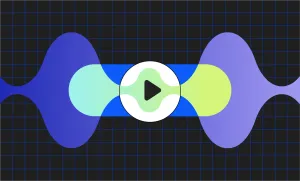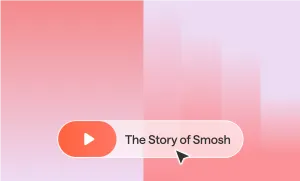The rise, fall, and rise again of RayWilliamJohnson is more than the story of one brand, or one creator. It mirrors the emergence of the content creator - and how we’ve seen it evolve and expand.
From an early subscriber to one of the most subscribed
Ray started his YouTube career in 2008 - which was just a few years into YouTube’s creation - and he was one of the first creators to realize that this could really be something.
He was an early subscriber to the power of the platform, committing to regular YouTube series, creating and producing the show “=3” (Equals Three).
Equals Three was so popular that it became the most subscribed-to channel on YouTube in 2011, eclipsing that of Justin Bieber and Rihanna. Bigger than Bieber. In 2011, that meant something.
As part of the legacy of Equals Three, RayWilliamJohnson was one of the early adopters of the ‘react’ video format - something which still permeates across YouTube, TikTok and Instagram now. His brand of humor was ahead of its time in the sense that he plugged into the mood of his followers - he reacted, responded to and reenacted viral content.
Today, the concept of being chronically online is taken for granted. For RayWilliamJohnson and Equals Three, it was the start of a new way of connecting.
Way before content creators became the new generation of superstars the way they are today, Equals Three was such a force that it lured in major stars including the late Robin Williams, Sarah Silverman and John Cho for appearances.
The grass isn’t always greener
For over one year - 564 days, if you wanted to be precise - Equals Three was the most-subscribed YouTube channel, and became the first channel to reach 5 million subscribers.
But, just as Alexander wept, seeing as he had no more worlds to conquer… Ray started to think of what was left for him to pursue. Thinking he’d reached a peak or suffering from burnout, in 2014, Ray decided to hand over Equals Three to Robby Motz.
A move which proved to be something of a misstep. He discovered that the grass isn’t always greener on the other side - and that wasn’t the only thing that wasn’t greener. His subscribers went in the red, as he found his original following turning away.
While Ray didn’t abandon YouTube - he continued to produce series including Booze Lightyear, Comedians On, and Top 6 - they didn’t take off the same way.

Other attempts at breakaway content included his Breaking NYC series, swapping the react videos and comedic commentary with something of an early influencer model - inviting fans to follow his daily life around the city.
After struggling to find his place away from Equals Three, in 2017, he announced that he was stepping away from YouTube entirely to focus on his music career.
Ray’s return
Keep ahead, don’t just keep up. That’s the lesson of Ray William Johnson’s return to YouTube from 2020 on.
Instead of retreading old territory or trying to copy what others have done, realizing that the landscape had changed, Ray changed.
His short-form content focuses more on storytelling now, with well-researched and condensed dramas, true crime stories and other fascinating insights made for generations with a stereotype of short attention spans and immediate gratification.
How RayWilliamJohnson’s won the long game
Ray William Johnson is the perfect example of how adaptability and self-awareness can keep a creator relevant, even as the online landscape evolves. And if you’re looking to stay authentic while maintaining longevity in your creative journey, here’s what you can learn from his story:
- Adapt to survive. It’s true in nature, and it’s true online. Humors have changed since the early days of YouTube - what worked then, wouldn't work now
- It’s ok to take a break. Perhaps the best thing RayWilliamJohnson did was learn the hard way to return to creating when he wanted to. If he kept going for the sake of subscribers, you risk losing authenticity and passion.








